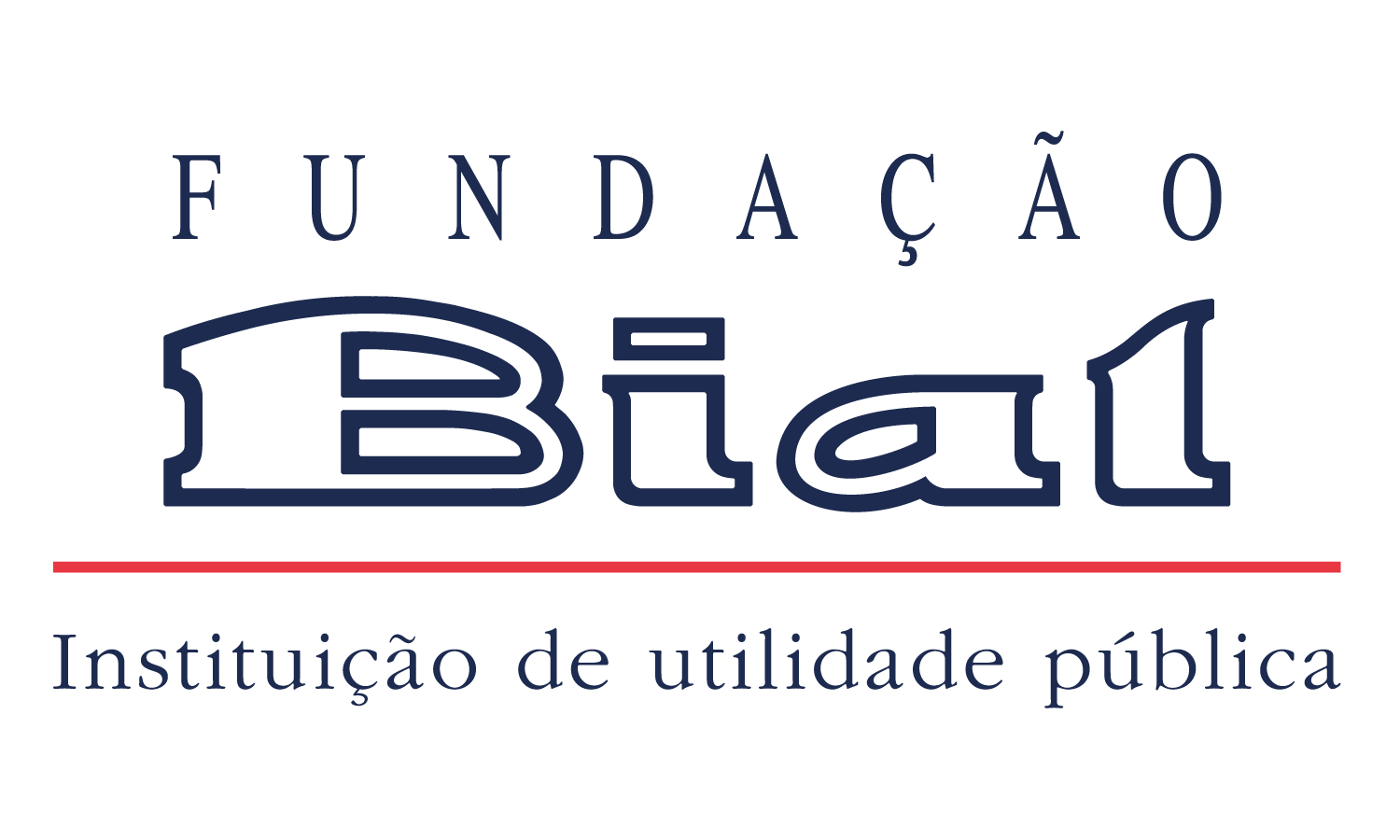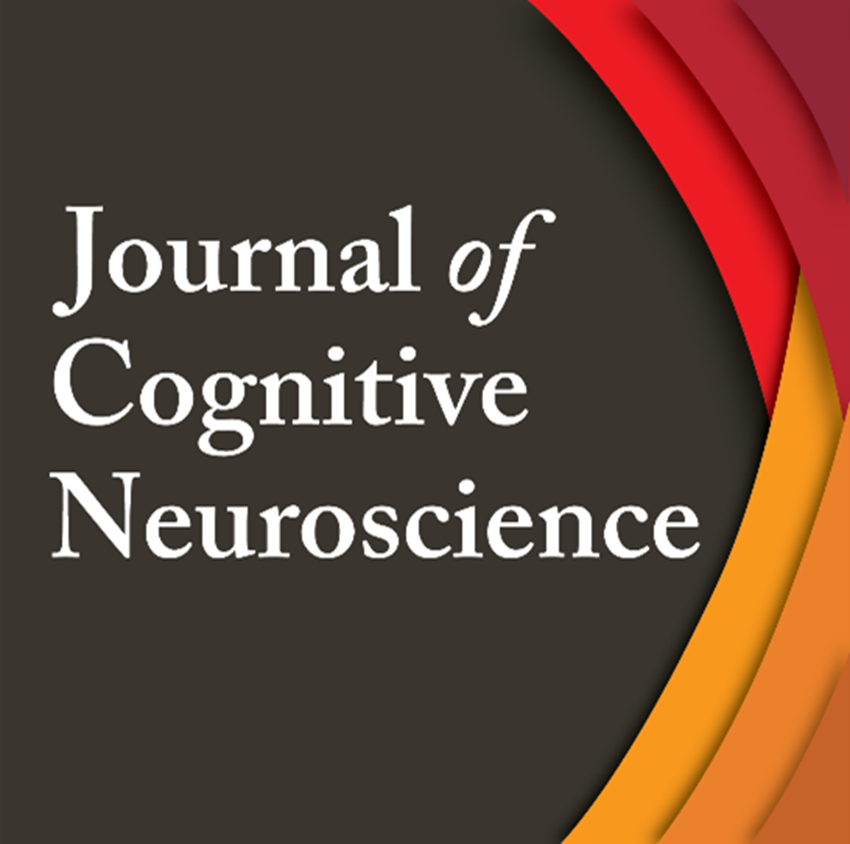Ignacio Obeso, investigador principal do projeto de investigação 230/18 - Unraveling the mechanisms behind automatic and emotional control: Psychophysiological, cortical excitability and functional connectivity measures, apoiado pela Fundação BIAL, pretendeu testar o possível papel direto da área motora suplementar (AMS) na inibição de respostas automáticas e voluntárias, recorrendo a duas técnicas inibitórias de estimulação cerebral não-invasiva (NIBS) aplicada na AMS, designadamente: estimulação magnética transcraniana repetitiva (rTMS) e estimulação de campo magnético estático transcraniano (tSMS). Os participantes receberam tratamento real e simulado (sham). Não se verificou um impacto relevante do tipo de tratamento (rTMS e tSMS) ou da condição (real vs. sham) nas fases de treino e de teste em tarefas de go/no go e stop signal. Os dados parecem indicar que a AMS tem um envolvimento reduzido ou indireto no controlo automático do comportamento. Estes resultados são apresentados no artigo The supplementary motor area and automatic cognitive control: Lack of evidence from two neuromodulation techniques publicado na revista científica Journal of Cognitive Neuroscience.
ABSTRACT
The SMA is fundamental in planning voluntary movements and execution of some cognitive control operations. Specifically, the SMA has been known to play a dominant role in controlling goal-directed actions as well as those that are highly predicted (i.e., automatic). Yet, the essential contribution of SMA in goal-directed or automatic control of behavior is scarce. Our objective was to test the possible direct role of SMA in automatic and voluntary response inhibition. We separately applied two noninvasive brain stimulation (NIBS) inhibitory techniques over SMA: either continuous theta-burst stimulation using repetitive transcranial magnetic stimulation or transcranial static magnetic field stimulation. Each NIBS technique was performed in a randomized, crossover, sham-controlled design. Before applying NIBS, participants practiced a go/no-go learning task where associations between stimulus and stopping behaviors were created (initiation and inhibition). After applying each NIBS, participants performed a go/no-go task with reversed associations (automatic control) and the stop signal task (voluntary control). Learning associations between stimuli and response initiation/inhibition was achieved by participants and therefore automatized during training. However, no significant differences between real and sham NIBS were found in either automatic (go/no-go learning task) or voluntary inhibition (stop signal task), with Bayesian statistics providing moderate evidence of absence. In conclusion, our results are compatible with a nondirect involvement of SMA in automatic control of behavior. Further studies are needed to prove a noncausal link between prior neuroimaging findings relative to SMA controlling functions and the observed behavior.

































































































